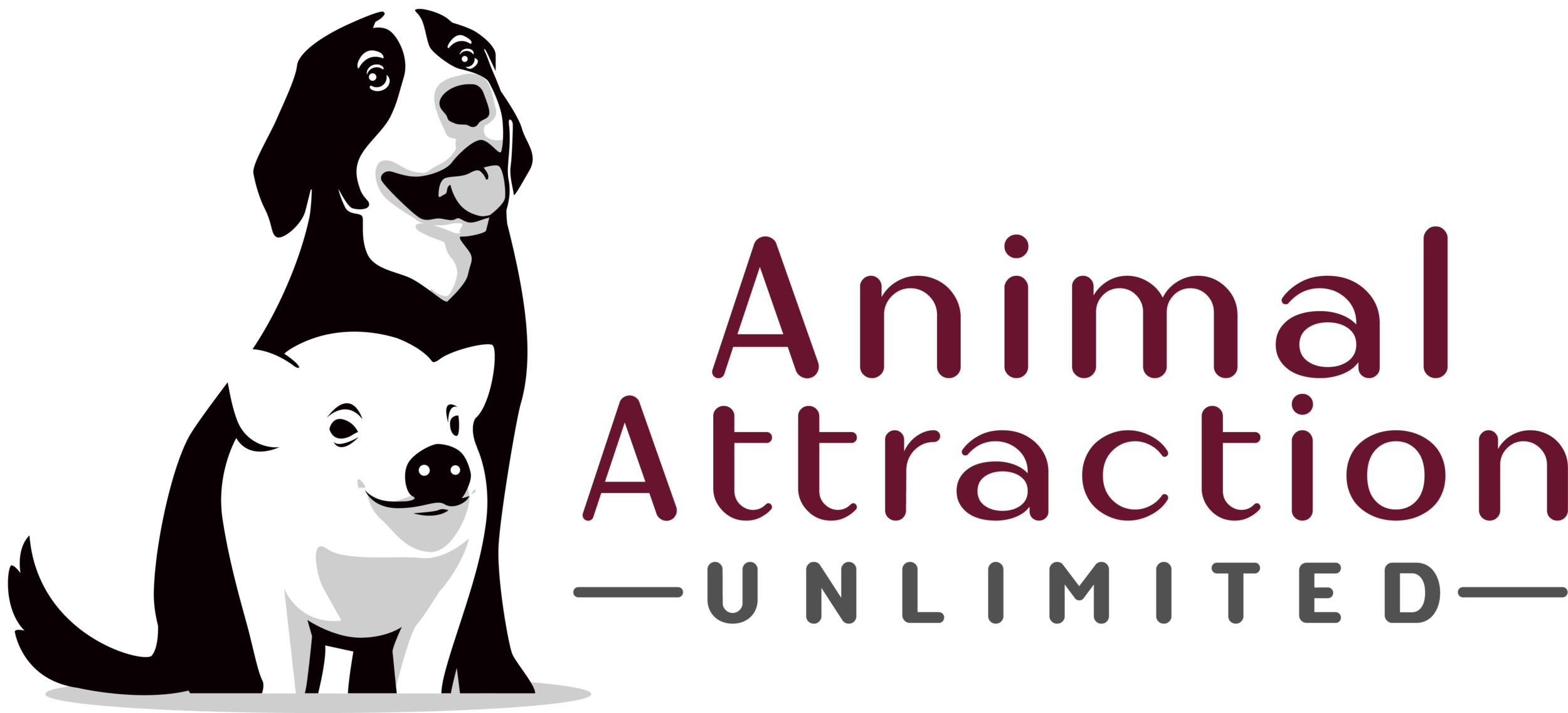The Art of Asking Permission: Your Guide to Proper Etiquette for Petting Strange Dogs
We've all been there: you're walking down the street, and you spot an adorable, fluffy dog wagging its tail. Your immediate instinct is to reach out and pet that cute canine. But before you dive in for a cuddle, there’s a crucial step many dog lovers forget: asking permission.
In the world of responsible pet ownership and dog interactions, understanding the etiquette of petting strange dogs isn't just polite; it's essential for dog safety, preventing dog bites, and ensuring a positive experience for everyone involved, especially the dog.
Why Asking Permission is Non-Negotiable for Dog Interactions
You might think, "It's just a friendly dog, what's the harm?" The truth is, you never know a dog's temperament or history. Here’s why asking before petting is paramount:
Dog Temperament Varies: Not all dogs are outgoing and love strangers. Some are shy dogs, anxious dogs, or have past traumas that make them wary. What seems like a friendly gesture to you could be terrifying for them.
Preventing Dog Bites: This is the most critical reason. A dog that feels threatened or uncomfortable is more likely to react defensively. Approaching a dog without permission significantly increases the risk of a dog bite.
Respecting Pet Owners: The dog owner knows their dog best. They can tell you if their dog is friendly, having a bad day, or has any sensitivities. It's a sign of respect for their pet and their choices.
Health and Training: Some dogs might be service dogs, working dogs, or undergoing dog training, where distractions are detrimental. Others might have health issues, injuries, or be recovering from surgery, making physical contact painful.
Building Trust: When you approach a dog politely, you're setting the stage for a positive interaction, not just for that specific dog, but for future dog encounters as well.
How to Politely Ask Permission to Pet a Dog: A Step-by-Step Guide
So, you see a dog you'd love to say hello to. Here’s how to do it the right way:
Spot the Dog, Then the Owner: Your first priority is to locate the dog's owner. Make eye contact and smile.
Make Eye Contact with the Owner, Not the Dog (Initially): Directing your attention solely to the dog can be seen as rude or even threatening by the owner.
Use a Clear, Polite Phrase: A simple, "Excuse me, may I pet your dog?" or "Is your dog friendly?" is perfect. You can also add, "Your dog is so cute!" to show genuine admiration.
Respect Their Answer – Always: If the owner says no, even without explanation, respect their decision immediately and move on. Do not pout, argue, or try to convince them. "No" means no.
If They Say Yes, Ask About Preferences: Even with a "yes," it's good practice to ask, "Where does your dog like to be petted?" or "Are there any places they don't like?" Many dogs prefer chest scratches or neck rubs over head pats.
Read the Dog's Body Language: Even after getting permission, observe the dog's body language. Is their tail wagging loosely? Are their ears relaxed? Are they leaning into the interaction? Or are they turning away, lip-licking, yawning, or showing other stress signals? If the dog seems hesitant, proceed cautiously or back off.
Even with permission, it's crucial to watch for signs that a dog is uncomfortable:
Green Lights (Happy/Relaxed)Relaxed body posture
Gentle tail wagging
Soft eyes
Approaching you willingly
Red Lights (Stressed/Uncomfortable):
Stiff body
Tucked tail
Avoiding eye contact
Backing away
Panting when not hot
Showing teeth or growling
Approach Calmly and Slowly: Avoid sudden movements or loud noises. Let the dog approach you if they wish. Offer the palm of your hand without reaching for them, think T-Rex arms. If they engage, then proceed with gentle petting.
Avoid Hugging or Kissing: Many dogs find direct frontal approaches, hugging, and kissing threatening or overwhelming. Stick to gentle strokes.
Keep Interactions Brief (Especially for Shy Dogs): A short, positive interaction is better than a long one that makes the dog uncomfortable.
Special Considerations:
Service Dogs
Never approach or pet a service dog without explicit permission from their handler. These dogs are working and need to focus on their important job.
Dogs with Children
Be extra cautious around dogs with small children present. The situation can be more unpredictable, and you should always check with parents as well as dog owners.
Your Own Safety
If you're uncomfortable with a dog's behavior at any point, it's perfectly okay to politely excuse yourself. Trust your instincts.
Teaching Kids Proper Dog Etiquette:
If you have children, teaching them these rules early is crucial:
Never run up to a strange dog
Always ask the grown-up with the dog first
Be gentle and calm
If a dog seems scared, give them space
The Rewards of Respectful Interaction:
When you follow proper etiquette, everyone wins:
You get to safely enjoy a sweet interaction with a furry friend
The dog feels comfortable and secure
The owner appreciates your respectful approach
You're modeling good behavior for others around you
Key Takeaways for Responsible Dog Petting:
Always ask permission from the owner first.
Respect the owner's decision, no matter what.
Observe the dog's body language for signs of comfort or discomfort.
Approach calmly and gently.
Prioritize the dog's well-being and safety.
By following these simple guidelines, you're not just being polite; you're contributing to a safer, more positive environment for dogs and their owners. So, the next time you see an irresistible canine, remember the art of asking permission – it’s the ultimate sign of a true dog lover and responsible pet enthusiast.
